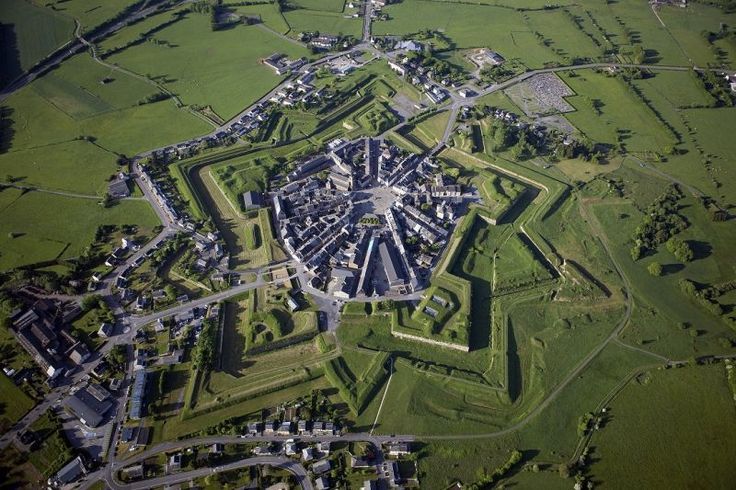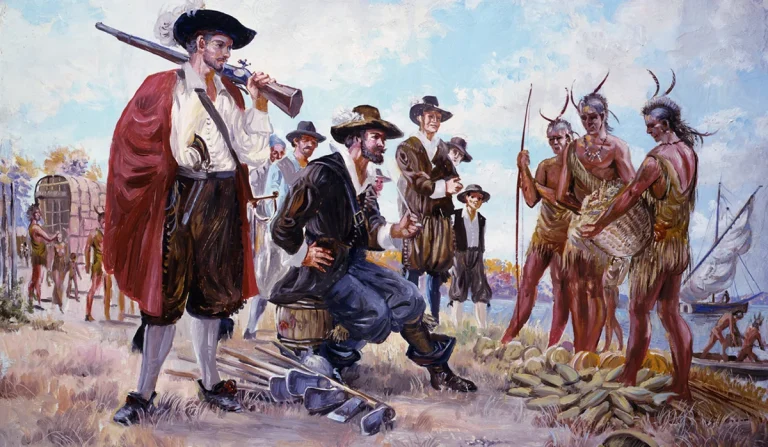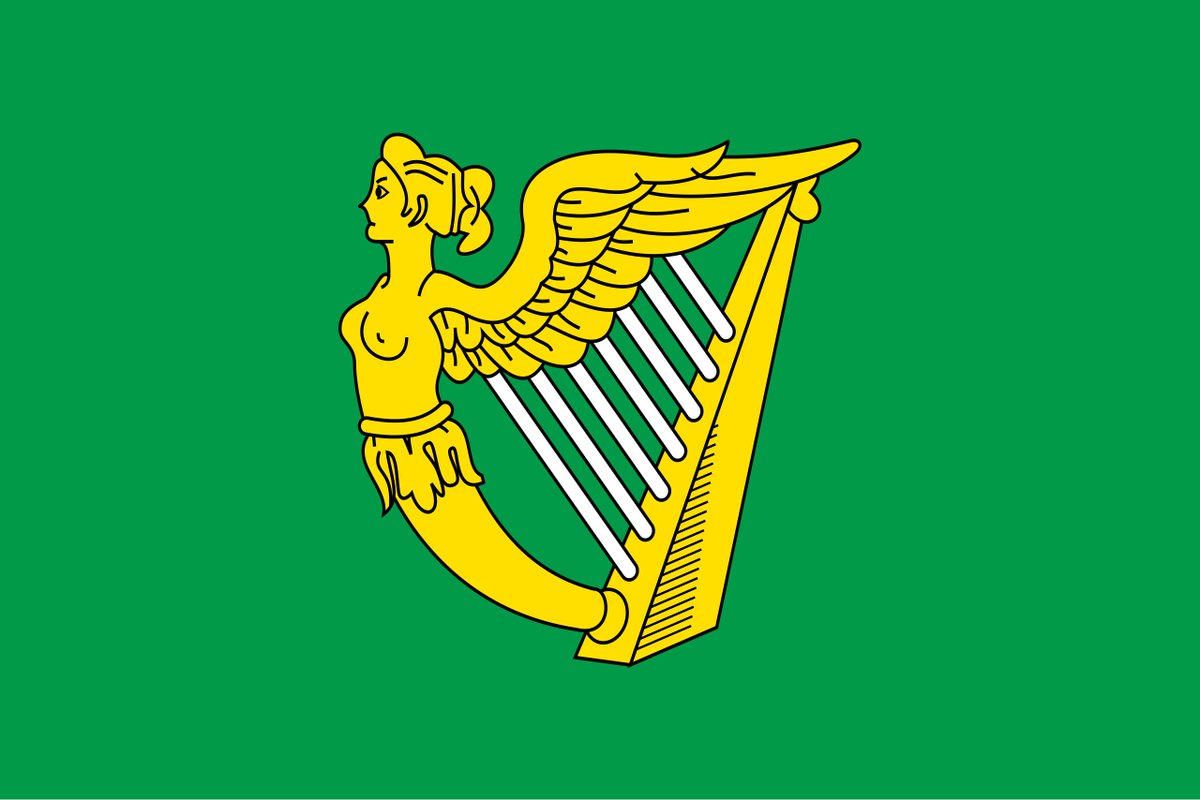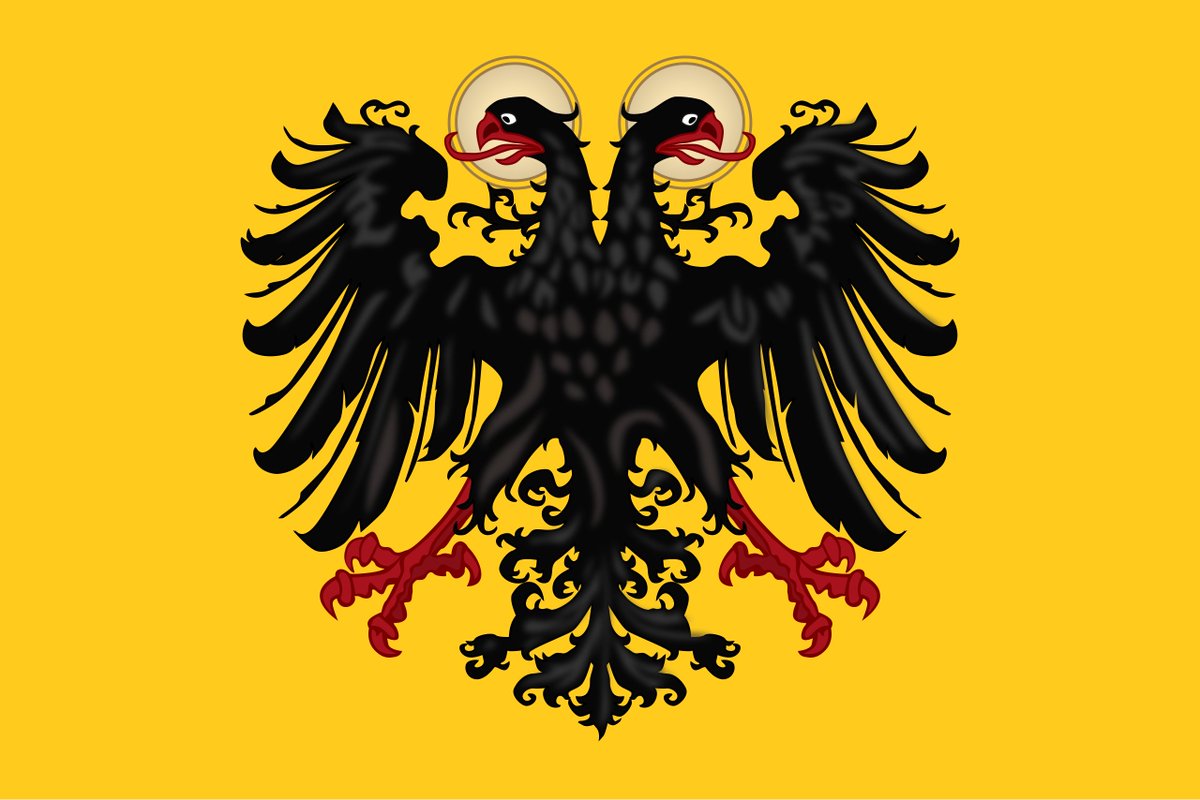The Battle of Rocroi, the legendary last stand of the tercios! On 19 May 1643 the Spanish Army of Flanders was decisively defeated by the French near the fortress of Rocroi. During this chaotic and bloody battle, the bravery of Spanish tercios achieved great fame even in defeat! 

The battle of Rocroi happened in the context of the Franco-Spanish War which began in 1635 when Catholic France cynically entered the Thirty Years' War as an ally of the Protestant Dutch and Swedish to combat their Habsburg rivals. 

Spain had already been in war with the Dutch for decades and this new war with France pushed Spain to the limits as it now had to protect the "Spanish road" through which troops were transported to Flanders. On top of that, revolts broke out in Portugal and Catalonia. 

In the beginning, neither side was able to win decisive military victories. On 26 of May 1642 the Spanish Army of Flanders achieved victory at the Battle of Honnecourt, causing panic in Paris which was now open for an invasion, but the Spanish didn't exploit the victory. 

The influential French Chief minister of France Cardinal Richelieu died later that year and next year in 1643 French king Louis XIII died on 14 May and was succeeded by his then only 5 year old son. This finally emboldened Spanish to invade France from Flanders to force peace. 



The fortified town of Rocroi had a great strategic significance. It was surrounded by thick forests and swamps and easy to defend. Commander of the Army of Flanders Francisco de Melo, the triumphant commander at Honnecourt a year prior, led the invasion force towards Rocroi. 

The Army of Flanders was the pride of the Spanish empire full of hardened and experienced veterans who had a reputation of being almost invincible on the open battlefield. However by the time of Rocroi the Army of Flanders was very poorly led and troubled with internal conflicts. 

Much of that was due to appointing brash but inexperienced aristocrats from Spain to key positions. There were feuds and distrust among commanders as well as among soldiers of different nationalities and between infantry and cavalry, the latter often performing badly in battles. 

Rocroi defeat is often seen as the symbolic beginning of the end of the tercio, but the tercio infantry was the least of the problems Army of Flanders had at the time. While their tactics were indeed archaic, tercios were still formidable as proved at battles like Nordlingen 1634 

The Spanish commander Francisco de Melo who would lead the army to Rocroi was one of the examples of these aristocratic commanders who rose to position through politics. He was a brave and gallant man but without a good sense for military tactics and lacking real war experience. 



The campaign to besiege Rocroi was poorly conducted from the start. De Melo had poor information and thought Rocroi fortifications were damaged so he brought less cannons than needed. He split his army and sent a contingent led by Johann Beck to besiege Chateau Regnault. 





The Spanish besieged Rocroi but were not able to take it quickly enough because of the lack of necessary equipment. Meanwhile the French assembled a large army led by 21 years old Louis de Bourbon, Duke of Enghien. Unlike de Melo, he would prove to be a very capable commander! 

The Spanish could have easily blockaded the paths to the field near Rocroi or ambush the French army as it approached through a narrow path between the forests and the swamps. Yet for unknown reason they let the French deploy their full army and prepared for an open field battle. 



It is unclear why Francisco de Melo let the French arrive. He might have wanted to face them in an open battle to annihilate them but this then also makes his earlier decision to split his army look even worse. It is also possible he once again had wrong information about enemy. 

Seeing the size of the French army, Melo called for Beck to assist him with his 6000 strong army that was half a day's march away. It was already late in the night and the battle would commence the next morning as the two armies slept next to each other on battle positions. 

Both armies were around 25000 men strong. The battle started around 4AM in the morning with French shooting with their cannons and the Spanish returning fire. Like usual in the early modern era, the battles started with cavalry assaults where the French had the advantage. 

However it was the Spanish cavalry on the right flank led by Graf von Isenburg that managed to achieve great initial success after repulsing and then counter-attacking the French cavalry charge, pushing the enemy back and charging into infantry in the center. 



But on the right flank the French cavalry was commanded by Enghien personally and he managed to break the Spanish cavalry on the other flank. Instead of helping his forces in the center, he took a risky move of outflanking the Spanish infantry and attacking the reserve troops! 

The Spanish tercio infantry should have been able to defend against cavalry attacks, but in this particular battle it was really badly deployed. The infantry line was stretched out too far and the reserve troops were poorly motivated local Waloon, German and Burgundian troops. 



The most experienced tercio commander Paul-Bernard de Fontaines was 76 years old and had to be carried around in a chair. He was not able to effectively command the long infantry line. The French cavalry was thus able to totally destroy the unprepared reserve lines in the back. 



On the other hand the Spanish cavalry under von Isenburg which achieved initial success did not go for a flanking maneuver but kept engaging the French infantry and made itself vulnerable to get flanked by the French. Eventually the French completely surrounded the Spanish. 



The Spanish were in a horrible position. Francisco de Melo retreated with the Italian regiment. Eventually only the veteran Spanish tercios remained on the battlefield and despite hopeless position kept fighting back, formed in their trademark pike squares and repelling attacks! 





The French seized Spanish cannons and fired at tercios point blank, causing a lot of casualties. The tercios were running out of gunpowder and had to rely on their pikes. They stood firm! This was truly a heroic last stand which also impressed Duke of Enghien and the French! 

The tercios hoped for Beck to arrive and this is what Enghien feared as well so he offered them surrender. However not all tercios got the message and some fired at Enghien and his envoy, continuing the battle. It is unclear how many, if any, of these Spanish battalions survived. 

After Enghien saw the dead body of the veteran tercio commander Fontaines he supposedly remarked, "Had I not won the day, I wish I had died like him." The young commander won a great victory and the heroic tercios won eternal fame! 

• • •
Missing some Tweet in this thread? You can try to
force a refresh







































